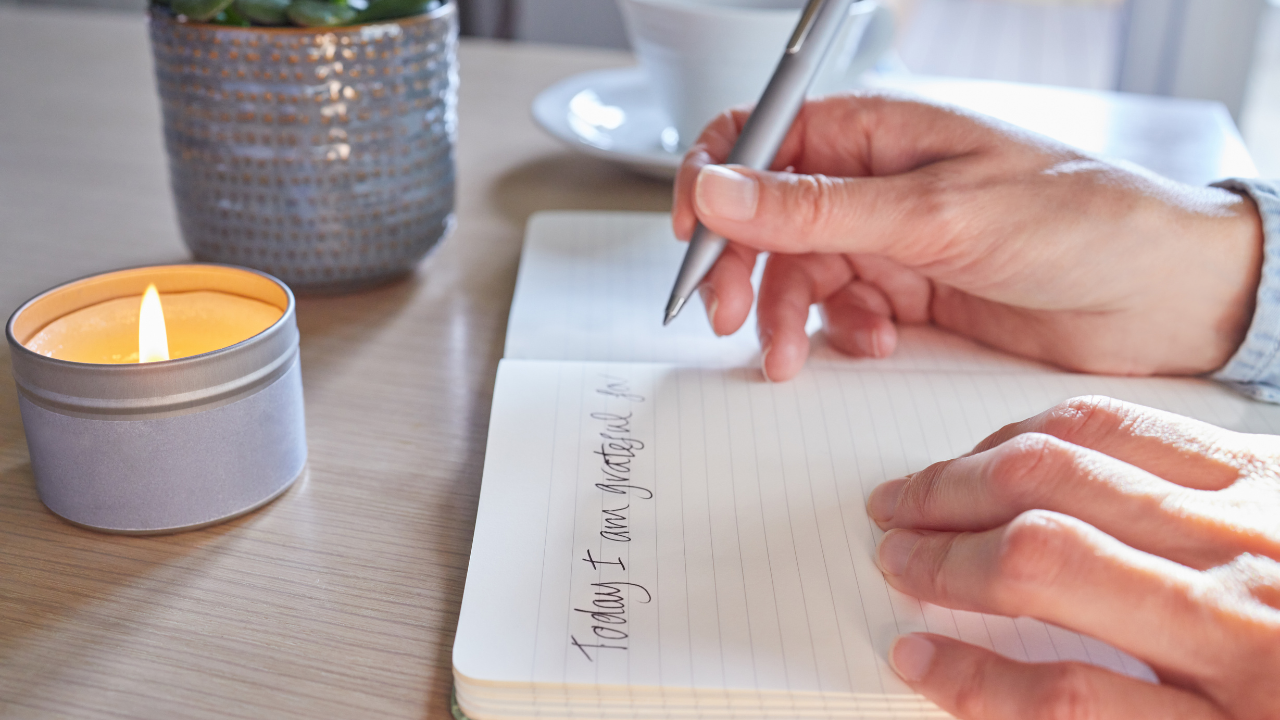
We naturally pick up microorganisms as we move about the world. Now, researchers have developed an AI tool that accurately links you to a particular location using a sample of the bugs you’ve collected on your travels – like a bacterial satellite navigation system. Many of us would be familiar with how , like hair, fibers, gunshot residue, and soil, is used to forensically link a person to a particular location, object, or event.
With the realization that many locations have unique bacterial populations comes the thought that ascertaining people’s movements using the microorganisms they naturally pick up on their travels would greatly benefit the fields of medicine and epidemiology – not to mention criminal investigations. Led by Lund University in Sweden, researchers have developed a tool that pretty much does just that. Using a sample of a microbiome – the community of microorganisms that exists in a particular environment, like, say, the beach – carried by a person, it can pinpoint where that sample came from with surprising accuracy.
“In contrast to human DNA, the human microbiome changes constantly when we come into contact with different environments,” said Eran Elhaik, a biology researcher at Lund University and the study’s corresponding author. “By tracing where your microorganisms have been recently, we can understand the spread of disease, identify potential sources of infection and localize the emergence of microbial resistance. This tracing also provides forensic keys that can be used in criminal investigations.
” Microbial communities display particular geographical traces, just like humans do. Some of the data from these communities are global, but some are restricted to specific regions or environments. In the present study, the researchers focused on bacteria that acted like tiny fingerprints.
“We analyzed extensive datasets of microbiome samples from urban environments, soil and marine ecosystems and trained an AI model to identify the unique proportions of these fingerprints and link them to geographical coordinates,” Elhaik said. “The results turned out to be a very powerful tool that can pinpoint the source site of a microbiome sample with impressive precision.” The AI was trained with a huge quantity of microbiome data from different environments, including 4,135 samples from the database, which contains microbe genomes collected from subways and urban environments in 53 cities, 237 soil samples from 18 countries, and 131 marine samples from nine bodies of water.
The researchers named the resulting tool Microbiome Geographic Population Structure, or mGPS. Next, they tested the tool. The mGPS successfully pinpointed the city source for 92% of city samples.
However, the researchers found that "the highest concordance between mGPS predictions and the sampling cities was for cities that were well-represented in the training dataset." To see whether heavily sampled regions affected the tool’s accuracy, they retrained the model only on the 31 cities with less than 100 samples and calculated a prediction accuracy of 87%, only slightly less than the 92% accuracy of the complete dataset. To assess mGPS’s fine-scale accuracy, they trained it on MetaSUB data from the three most extensively sampled cities: New York, Hong Kong, and London.
In Hong Kong, the mGPS could distinguish between two subway stations 172 m (564 ft) apart. In New York City, it differentiated a kiosk from a handrail less than a meter (3.3 ft) away.
In London, however, the tool demonstrated low prediction accuracy, with only half of the samples being correctly assigned to their geographical clusters. The researchers attributed this to the unclean state of London underground stations (the samples were collected pre-COVID-19) compared to stations in Hong Kong, which they described as “absolutely spotless.” Adding microbiome data as it is collected will only improve the tool, the researchers said.
“We have only just begun to understand the relationship between microorganisms and [the] environment,” said Elhaik. “We are now planning to map the microbiome of entire cities, which could be a boost for forensic investigations and let us get to know the organisms that inhabit our streets, gardens, skin and bodies.” The study was published in the journal .
Source:.














